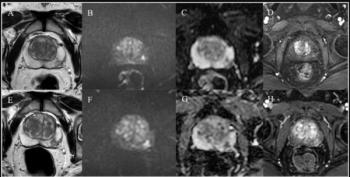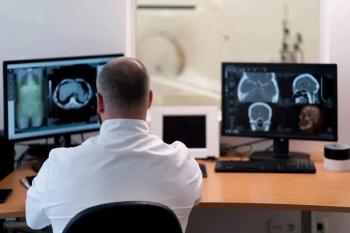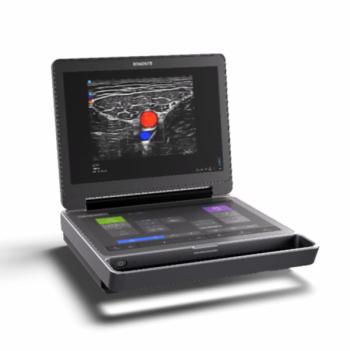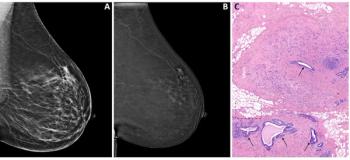
Lessons Learned from the Iodinated Contrast Media Shortage: A Neuroradiologist's Perspective
In a recent video interview on the current iodinated contrast media shortage, neuroradiologist Sean Bryant, MD discussed imaging alternatives, emphasized communication with referring physicians on optimal studies, and discussed the ongoing need to prevent “protocol creep” with timely updates of imaging protocols.
The temporary shortage of iodinated contrast media (ICM) has been a huge issue in the radiology community, not to mention the overarching impact on the health-care field. While there is proverbial light at the end of the tunnel with the
In a recent video interview, Dr. Bryant, the owner and president of Diversified Radiology, discussed the impact of the ICM shortage in the neuroradiology space. In addition to appropriate use of alternative imaging, such as substituting magnetic resonance imaging (MRI) or non-contrast computed tomography (CT) for contrast-enhanced CT scans, Dr. Bryant said the guidelines from the American College of Radiology (ACR) and the American Society of Health-System Pharmacists (ASHP) have been helpful in managing the ICM shortage.
Dr. Bryant said the ICM shortage also was an opportunity to reassess imaging protocols and educate patients as well as referring clinicians on alternatives to high contrast imaging. In emergency departments, oncology care and in-patient services in a hospital, Dr. Bryant noted that clinicians at times opt for high contrast without knowing the most optimal study to order for a given clinical scenario.
For additional insights from Dr. Bryant, watch the video below.
Newsletter
Stay at the forefront of radiology with the Diagnostic Imaging newsletter, delivering the latest news, clinical insights, and imaging advancements for today’s radiologists.






























